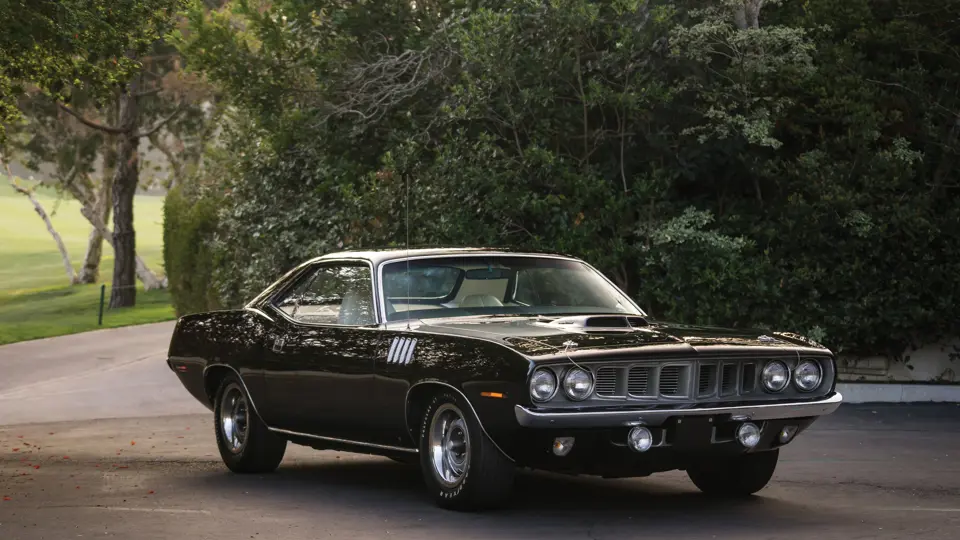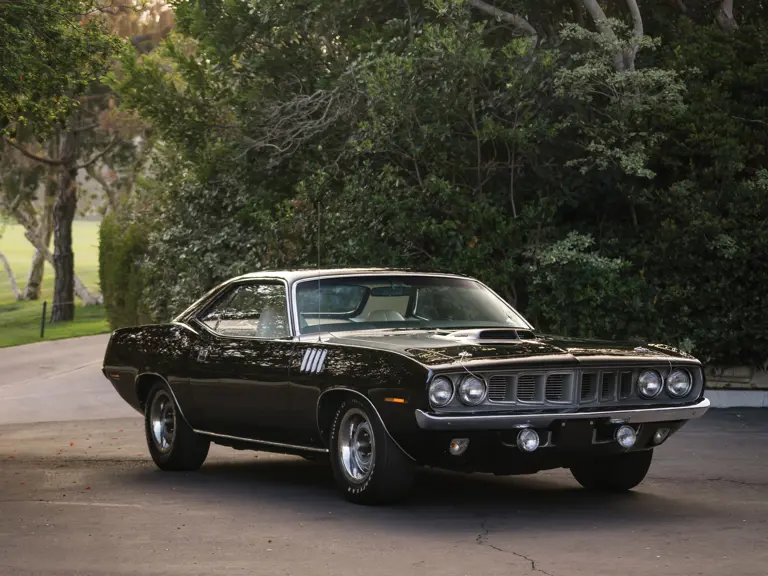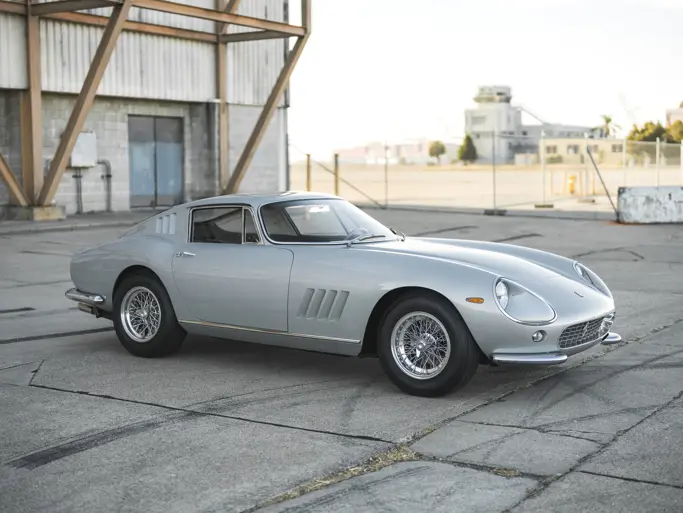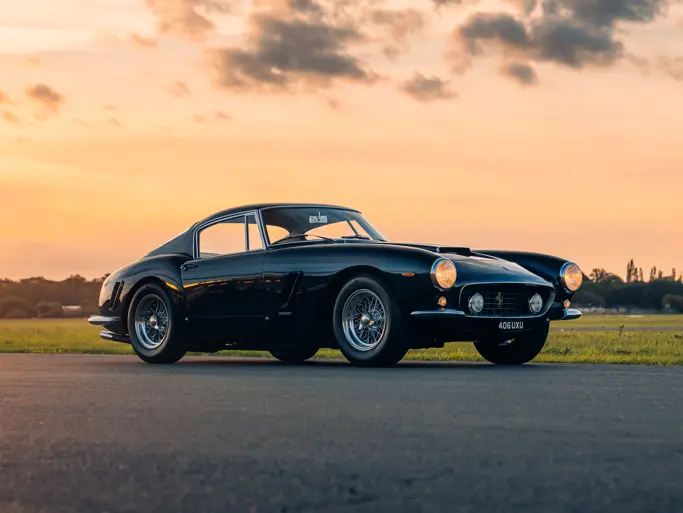 | Fort Lauderdale, Florida
| Fort Lauderdale, Florida

1971 Plymouth Hemi `Cuda
{{lr.item.text}}
$330,000 USD | Sold
{{bidding.lot.reserveStatusFormatted}}
- 426-cid, 425-hp Street Hemi dual quad V-8 engine
- Pistol grip four-speed manual transmission
- Reported as one of approximately 100 `Cuda's built with Hemi in 1971
- Only 16 Hemi `Cuda's received four-speed manual
- "Correct date code Blue Tag"
- Rotisserie restored to the "maximum standards"
- Dana 60 Track Pack with 3.54:1 gearing
- Exciting color combination
- Rallye wheels & Goodyear Polyglas GT tires
- Two inspections included by Galen Govier (2006 & 2011)
- Formerly of the Orland Koppes Collection
- Chrysler Registry dated 9/20/1999
Three times Chrysler Corporation has relied upon the Hemi to transform its products and image from dull to sparkling, and three times the Hemi has delivered. In an American car market that has been characterized by glitz, fins and bulk, the technical sophistication of Chrysler’s hemispherical combustion chamber V-8 engine has been a refreshing demonstration of the appeal of elegant, thoughtful engineering.
In the late ‘60s and early 70s it also acquired a bad boy image of “anti-establishment” power and performance, establishing a mythical presence that has made the Hemi a legend.
Of all the Street Hemis built, the most famous, attractive and desirable are the 1970-1971 E-body Plymouth ‘Cudas, combining the visceral delight of the Hemi’s power and torque with the ‘Cuda’s lightweight, streamlined and refined 2+2 platform.
The first Barracuda was introduced in 1964 and in the late ‘60s Chrysler engineering and Hurst performance shoehorned Race Hemi engines into the Barracuda’s engine compartment for NHRA drag racing. Seventy-five were built, sold and successfully campaigned around the country. When the Barracuda was redesigned for the 1970 model year the engine compartment was made large enough for the legendary 425 horsepower 426 cubic inch Street Hemi.
The Plymouth Barracuda was arguably the cleanest, most refined and elegant of all the pony car designs. Distinguished by its wide grille, long, flat hood, short rear deck and ominously raised rear fenders – deliberately shaped like the haunches of an animal crouching before a leap – the appearance of the ‘Cuda left no doubt that this was a serious performance car. The all-lowercase ‘hemicuda’ on the intake sides, plus the Shaker hood is a subtle show of force to any curious or sporting individual who may pull up next to the car at a stoplight.
Hemi-powered ‘Cudas are unsurprisingly rare; built for only two years, 1970 and 1971, their low production numbers reflect the undeniable fact that the combination of the ‘Cuda platform and the Street Hemi engine was irrationally fast. It also was expensive: $871.45 in 1970 and $883.90 in 1971, a prohibitive 70-percent more than the 440-cid 390-hp Six Barrel.
A Hemi ‘Cuda was not for the faint of heart, nor for the cautious of pocketbook. Buying one took serious commitment, backed up by an ample budget. In 1971, normally reliable records indicate that only 108 (the owner states 144) individuals ordered hardtop `Cuda’s powered by the 426 cubic inch, 425 horsepower dual quad Street Hemi.
This beautiful example has been rotisserie restored to the “maximum standards” and looks absolutely fabulous (and a bit intimidating) in Black Velvet with an interior that features white seats and door panels with black carpet, dash and center console. Along with running the legendary Hemi engine, this car has the desirable four-speed manual transmission with pistol grip shifter; it is reported as being one of only 16 cars that is a four-speed version. The 426-cid powerplant is stated to be the “correct date code Blue Tag” and also has a stout Dana 60 Track Pack differential with 3.54:1 gearing. Additional features on this all-business powerhouse include Rallye wheels, Goodyear Polyglas GT raised white letter tires, space saver spare, hood pins, AM radio and low-mounted foglights.
The Hemi `Cuda definitely comes through with styling and performance; plenty of cubic inches and fat tires are immediately noticed, but underneath is where the road negotiation begins with special shocks, rear springs, sway bars plus additional handling features come through as it delivers understanding to the curves and corners. Of course, seatbelts are onboard; strap in and live the legend.




